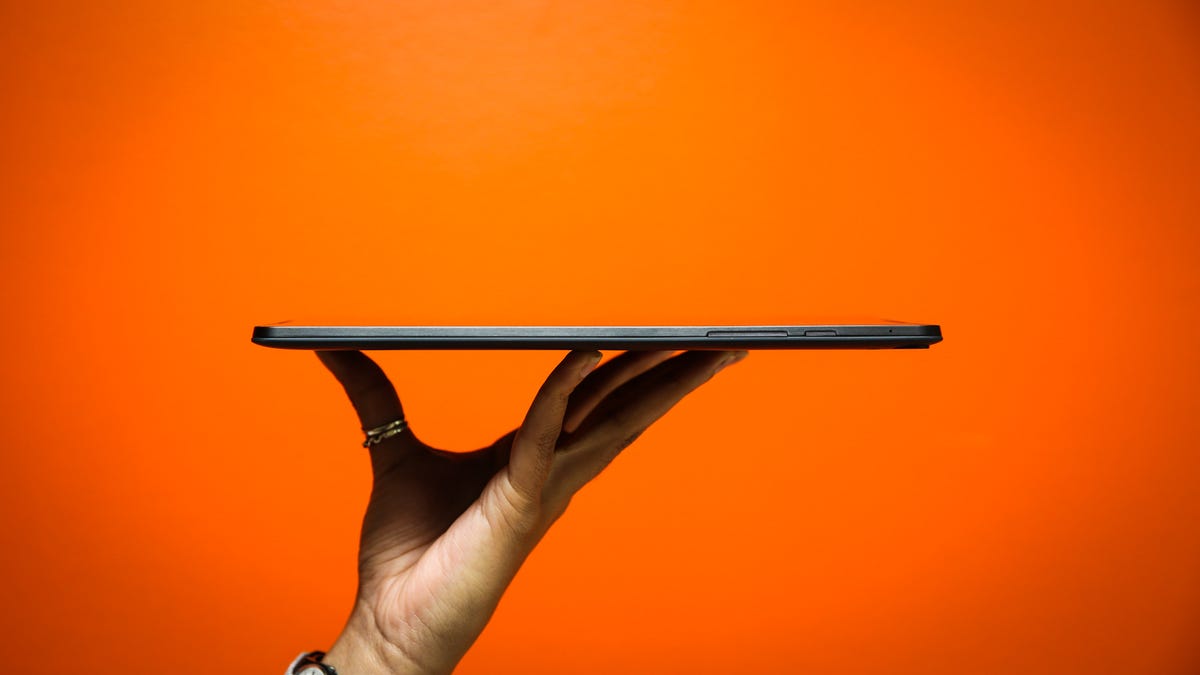
Josh Miller/CNET
It was a rather quaint year for tablets. The usual suspects made better versions of their best models, the crown for “Thinnest Tablet” was worn by three different tablets, and both Google and Apple released dapper new operating systems. Nothing broke the mold, but the year gave everyone a chance to catch up and meet the standards set by last year’s top slates. To be sure, the predictable innovation lacked excitement, but there were still a number of solid releases worth noting. Relive some highlights and low points of the year in tablets below.
Best tablet gifts for 2014
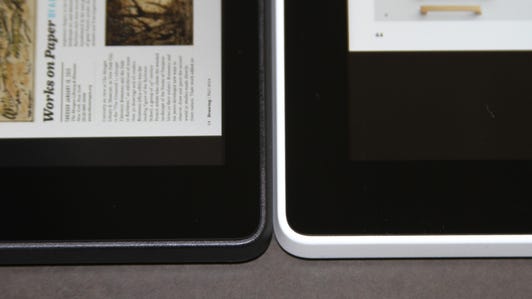





Highs
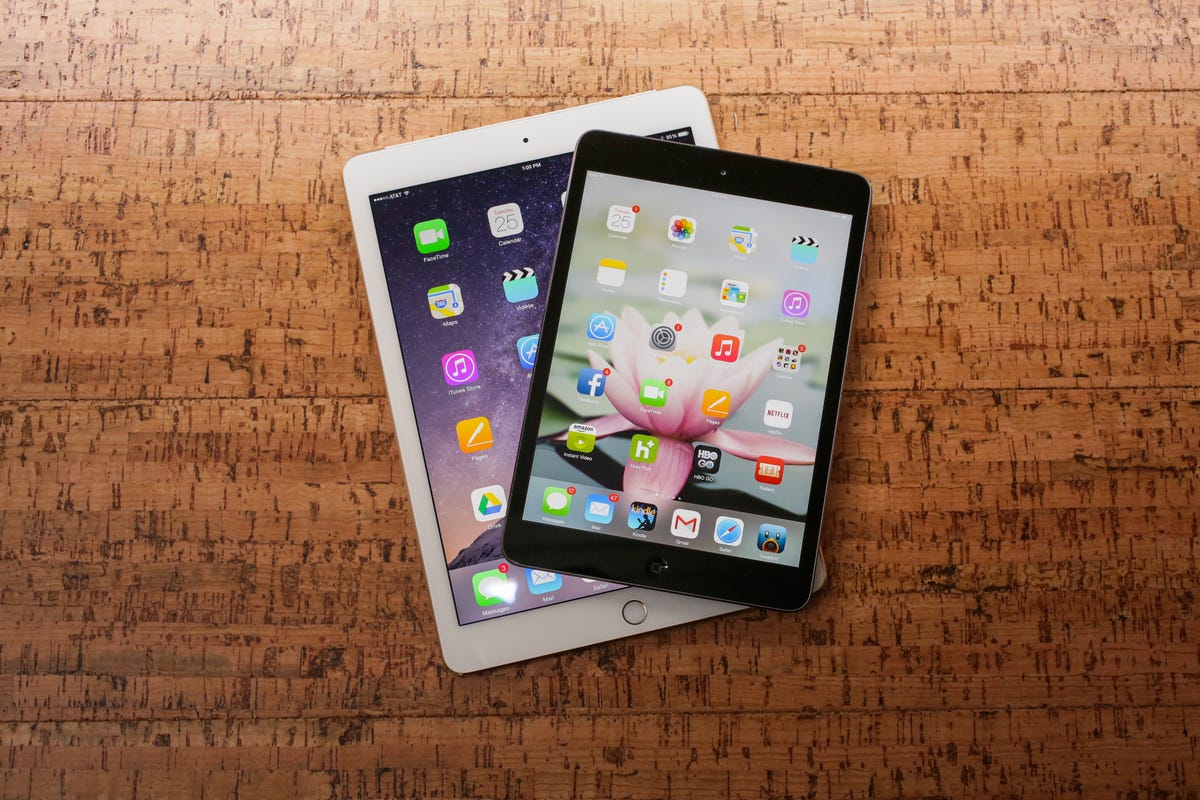

Sarah Tew/CNET
Apple iPads, old and new
While it was more a refinement of the existing model rather than a broad rethinking of the line, the new iPad Air 2 was our top-rated overall tablet of the year. But the better news for consumers is that Apple kept its older models in the line-up with price cuts across the board. And in many ways, 2013’s iPad Mini 2 and iPad Air offer a better bang for the buck than their 2014 counterparts.
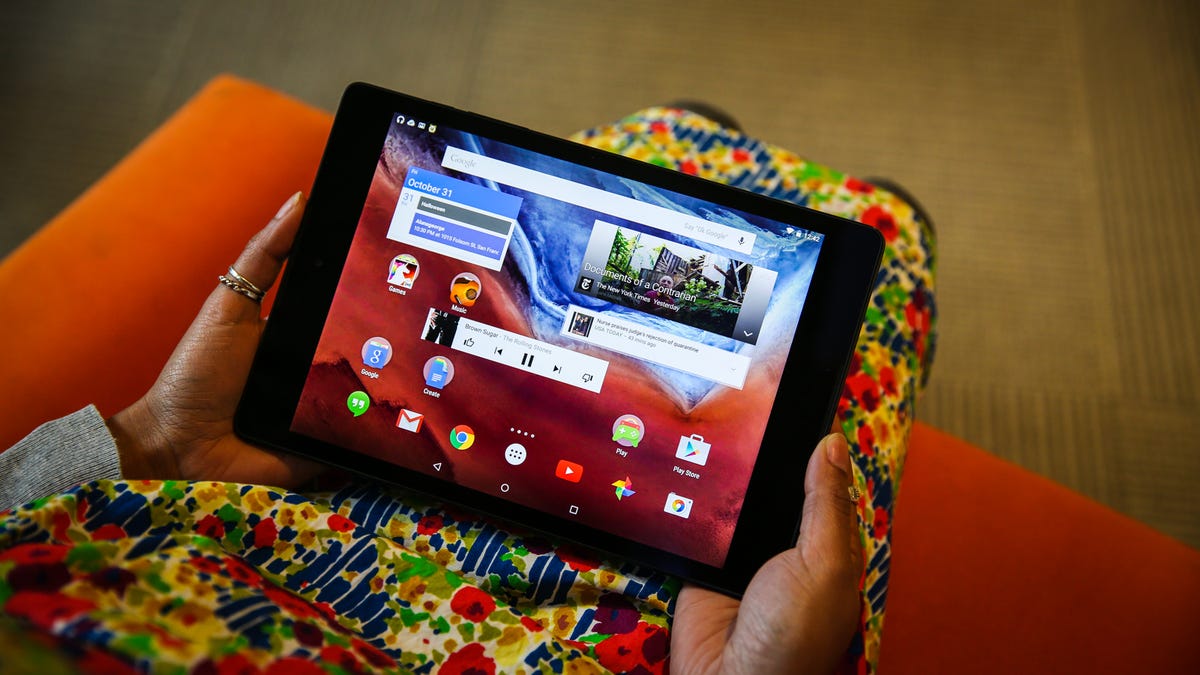

Josh Miller/CNET
Google Nexus 9
2014 was a year in which thin design was consistently touted as one of the premium features for most flagship tablets, and the Nexus 9 subtly slithered onto the scene with a subdued, minimal look and future-forward specs. Though it doesn’t look cutting-edge on the outside, it houses the latest Nvidia system-on-chip (similar to the one inside of the Nvidia Shield tablet) and boasts some of the most stellar graphics performance of any tablet. It was also the first to debut the latest Android operating system, 5.0 Lollipop , and as a Google-branded device it’ll continue to receive the latest updates to ensure it’s smooth sailing.
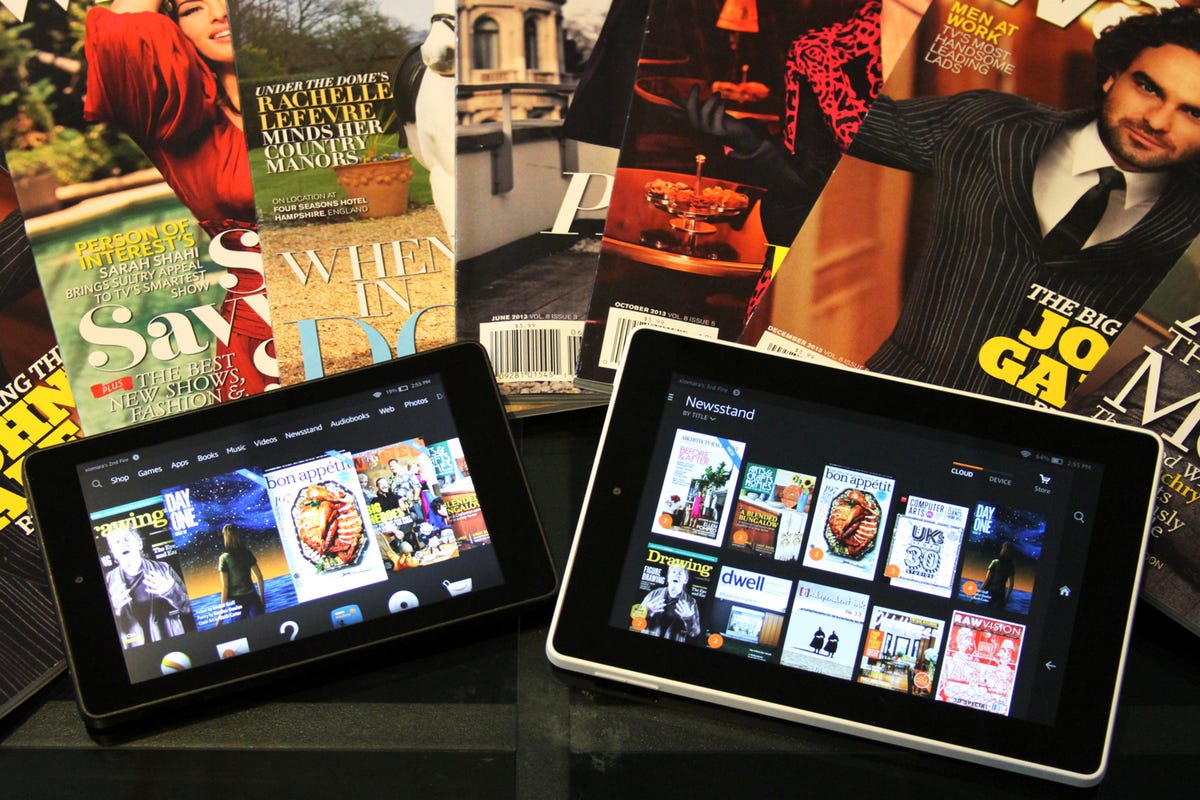

Xiomara Blanco/CNET
Amazon Fire HD tablets
In the history of tablets, there hasn’t been a $100 slate worth honestly recommending — until now. The Fire HD 6 packs all the user-friendly goodies we’re used to seeing on Amazon tablets into a portable and affordable package. It performs silky smooth for casual use and provides a satisfyingly simple slate experience at a bargain basement price. If you’re interested in a little more screen space, the similar 7-inch model is also a cheap treat.
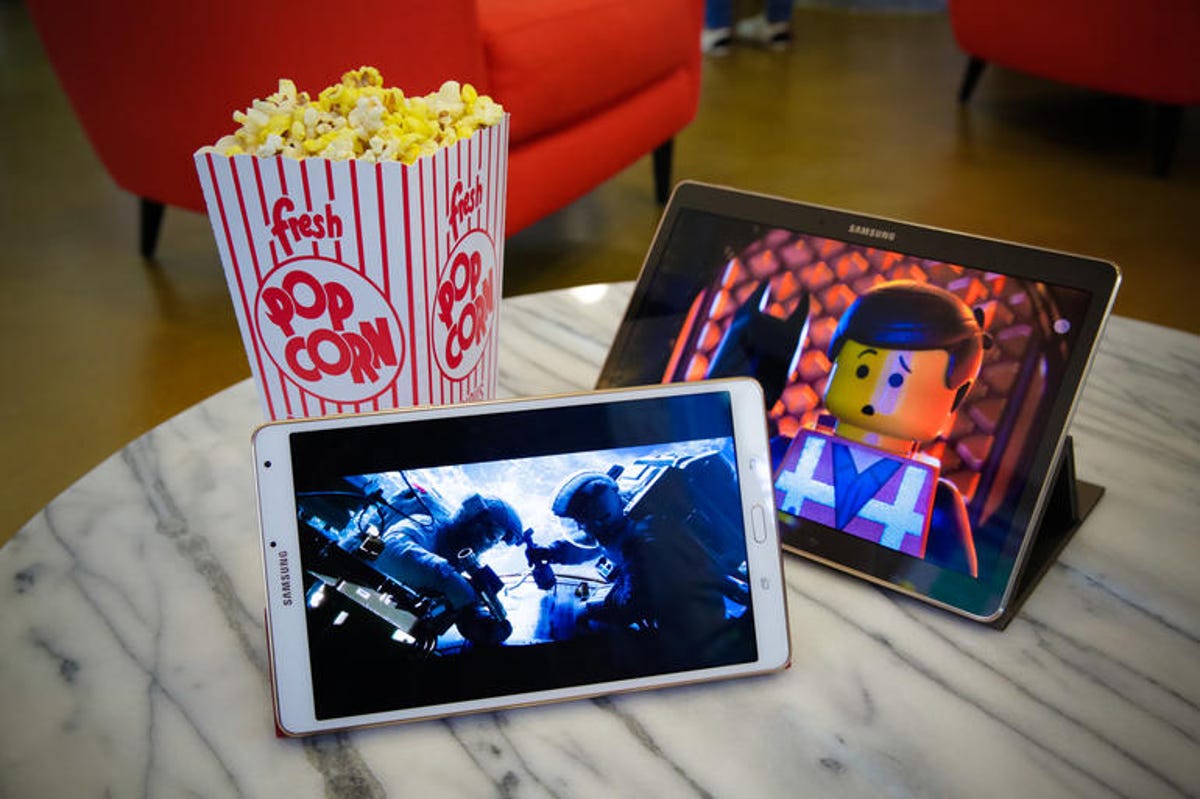

James Martin/CNET
Samsung Galaxy Tab S
Sure, most high-end tablets boast super-HD screens, however, the Samsung Galaxy Tab S models are the cream of the crop. Available in two sizes — the travel friendly 8.4-inch model and the larger 10.5-incher — they rock sharp OLED screens with vibrant, saturated colors and deep black levels to satisfy your binge-watching needs.
Lows
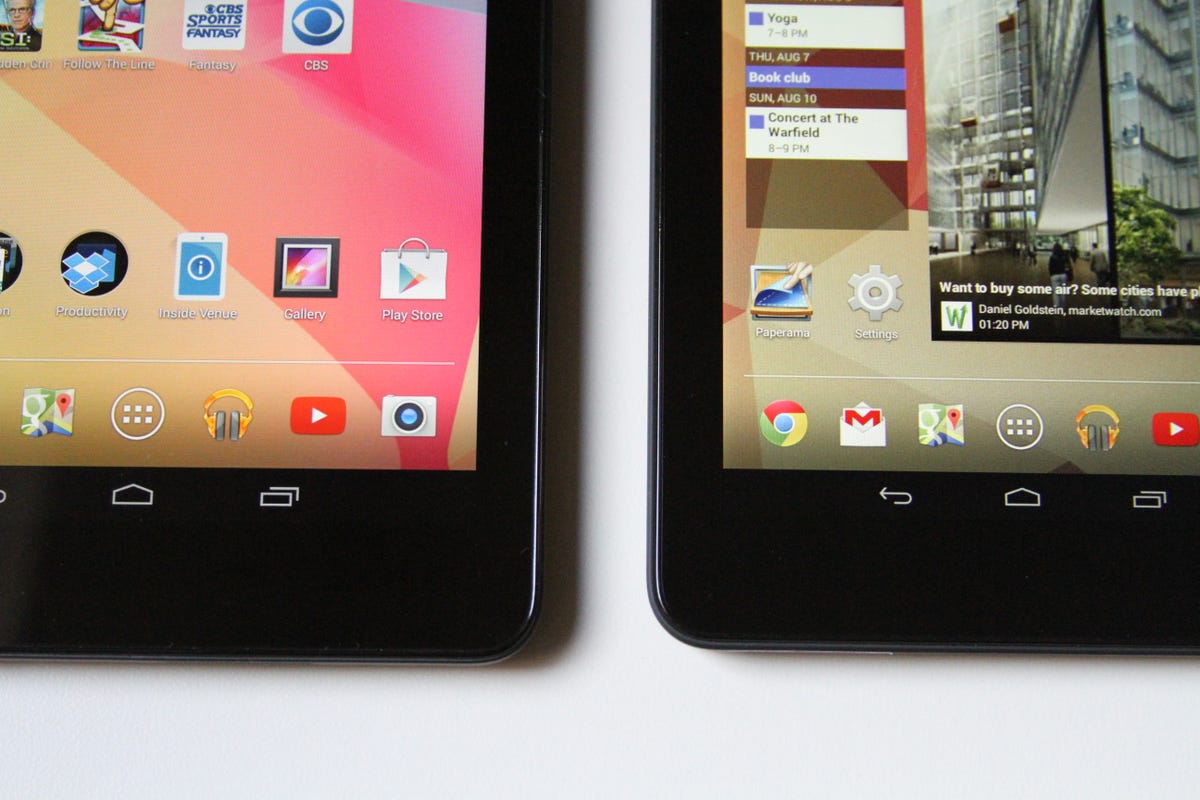

Xiomara Blanco/CNET
Android tablets race to the bottom
With the notable exception of the Fire HD models mentioned above, the market for bargain tablets was flooded with forgettable me-too models that were notable for being underpowered, low-resolution, and often running out-of-date versions of the Android OS. The flood of no-names dominating Black Friday doorbuster sales were often joined by the likes of Toshiba, Acer, and Lenovo delivering models that are barely good enough for basic tasks, and nothing you’d expect to still be using 18 months from now.
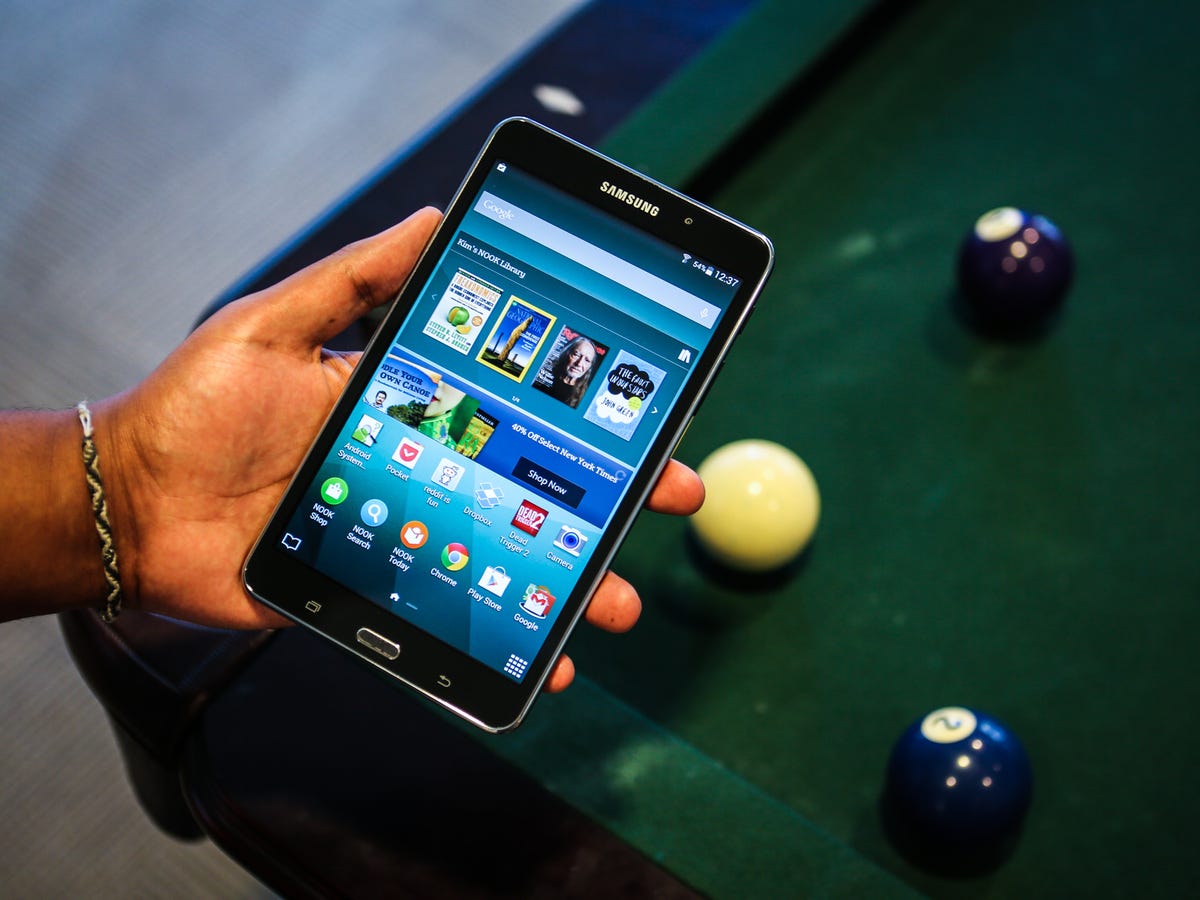

Josh Miller/CNET
Barnes & Noble’s Nook retreat
Once upon a time, Barnes & Noble was a contender in the tablet arena, going toe to toe with the likes of Amazon and Apple. But 2014 marked the bookseller consolidating its losses, and commissioning rebranded Samsung Galaxy Tabs instead. The first collaboration between B&N and Samsung — the Galaxy Tab 4 Nook — was a meek release that felt like a step backward from the Nook HD+ .


Josh Miller/CNET
Asus Transformers
The year started with the exciting sight of an Asus Android/Windows 8 tablet hybrid , but it was tragically shut down due to pressure from Google and Microsoft. (Can’t we all get along?) Persevering, Asus released the Transformer Pad TF103 — one of the only affordable keyboard-toting tablet-hybrids — and the Memo Pad 8 — a refreshingly feature-filled bargain buy. But for the most part its tablet presence in 2014 fell short of its memorable Prime hey-days and our admittedly high hybrid expectations.
What’s next?
Just like a fitness magazine, tablet design will continue to revolve around being slim and lightweight, but it’s difficult to imagine how much skinnier they can get. Not to say innovative design will be stifled — premium high-end tablets will continue to differentiate themselves with special features. Fingerprint scanners, 3D cameras, and built-in projectors are a few of the cool bells and whistles we expect to see again on 2015 models.
We’ll see new tablets as soon as January at CES 2015. We expect to see a slew of competitively priced mid-range models and some new tablet-hybrids. The robust budget tablet category should see a boost in average screen resolution and, with the 7-inch form factor slowly fading in popularity, I anticipate more 8- to 9-inch slates.
What do you think 2015 has in store for tablets? Did any of the best tablets of 2014 make your holiday shopping list? Let us know in the comments section.




